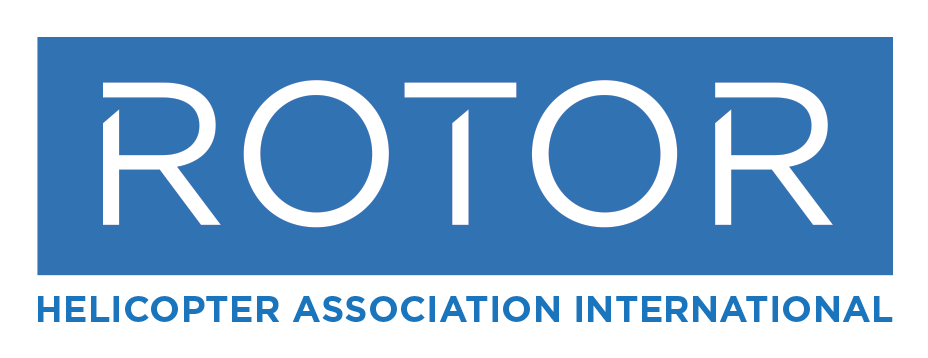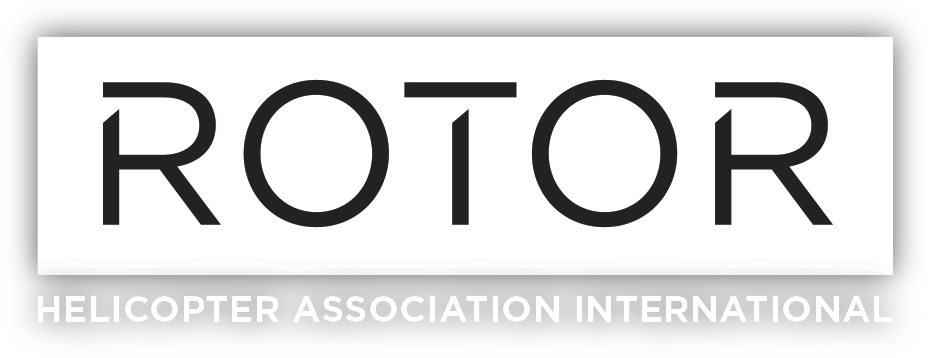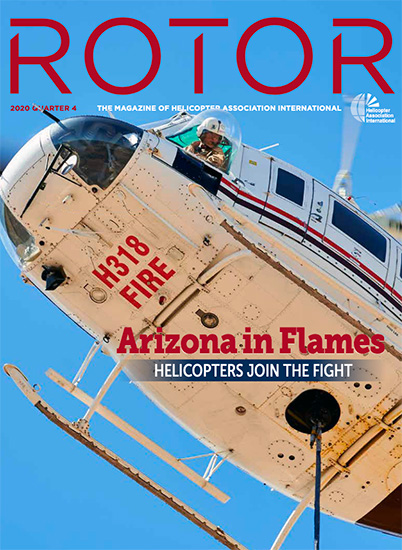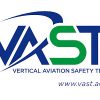Photo above: iStock/edb3_16 When planning to fly in tight spaces and high altitudes, be ready to manage a host of hazards. On May 14, 2005, Didier Delsalle landed a single-engine AS350 B3 on the 8,848 m (29,029 ft.) summit of Mount Everest, setting an altitude landing record that remains unbroken to this day. The risks Delsalle faced on that record-setting flight differed some from what many helicopter pilots encounter every day—but not by much. Seasoned pilots who routinely conduct high-altitude and confined-area operations never underestimate this sometimes thrilling yet always unforgiving world of work. Illustration: Colten Hill Before deciding to expand into this area, an operator must carefully identify many new potential hazards and honestly assess whether its personnel are trained, certified, and equipped to manage the associated risks. To help determine whether you have the required “power margin” to climb into the relative thin air of confined-area or mountain-flying operations, here are a few resources to consider: In this month’s HAI Spotlight on Safety (SOS) video and poster promotional messages, we focus on confined-area operations. In the video, Matthew Goertz, director of operations at Trans Aero, warns of the small margin for error pilots encounter when performing confined-area operations. Matt states that careful calculation
This content is restricted to HAI members. If you are an existing user, please log in below. Become an HAI Member >














